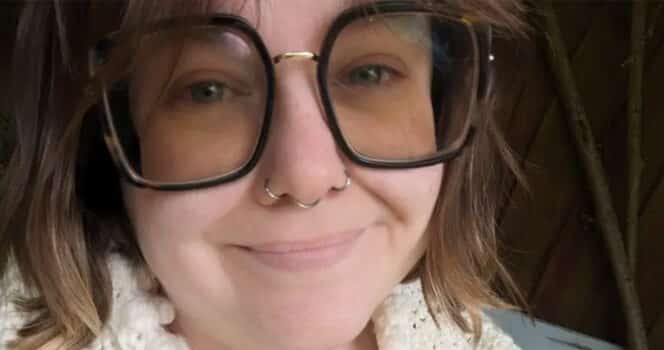Exploring Abrosexuality: A Journey of Self-Discovery
Attraction is often seen as a fixed and stable phenomenon, but for many, it is much more complex and fluid. Abrosexuality is a term that captures this intricate experience, offering a voice to those whose sexual attractions evolve and fluctuate over time. One remarkable account of such a journey comes from writer Emma Flint, who has dedicated three decades to understanding her own shifting attractions. This article delves into Flint’s personal revelations about her identity and the broader implications of abrosexuality for the LGBTQ+ community.
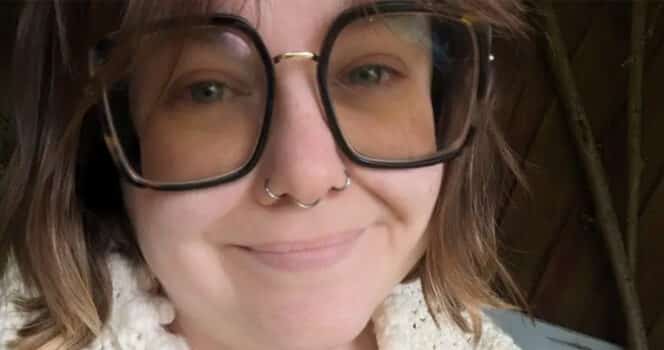
The Awakening: A Personal Journey
In July 2024, Emma Flint published a heartfelt essay in Metro UK, sharing her experience of identifying as abrosexual. After years of navigating her sexual orientation—initially identifying as a lesbian—Flint discovered that her attractions fluctuated like the seasons. “For decades, I felt lost at sea, unsure of who I truly was,” she confessed. This feeling of confusion was compounded by societal expectations and the pressure to conform to a singular identity. She recounted feeling like a “fraud” whenever she shifted her identity in conversations with friends and family. This profound sense of disorientation is not unique to Flint; many individuals within the LGBTQ+ spectrum face similar struggles as they attempt to articulate their evolving identities.
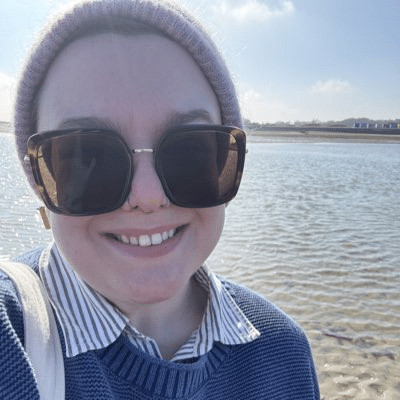
Understanding Abrosexuality
According to Healthline, abrosexuality is a lesser-known yet vital aspect of sexual fluidity. It encompasses individuals who experience frequent changes in their sexual attractions, potentially identifying as gay one day, bisexual another, and sometimes feeling no attraction at all. This dynamic nature of attraction is what sets abrosexuality apart from more static identities like heterosexuality or homosexuality. Flint captures this essence beautifully when she states, “I love the person, rather than their gender,” emphasizing that her attraction is not confined to any specific gender.
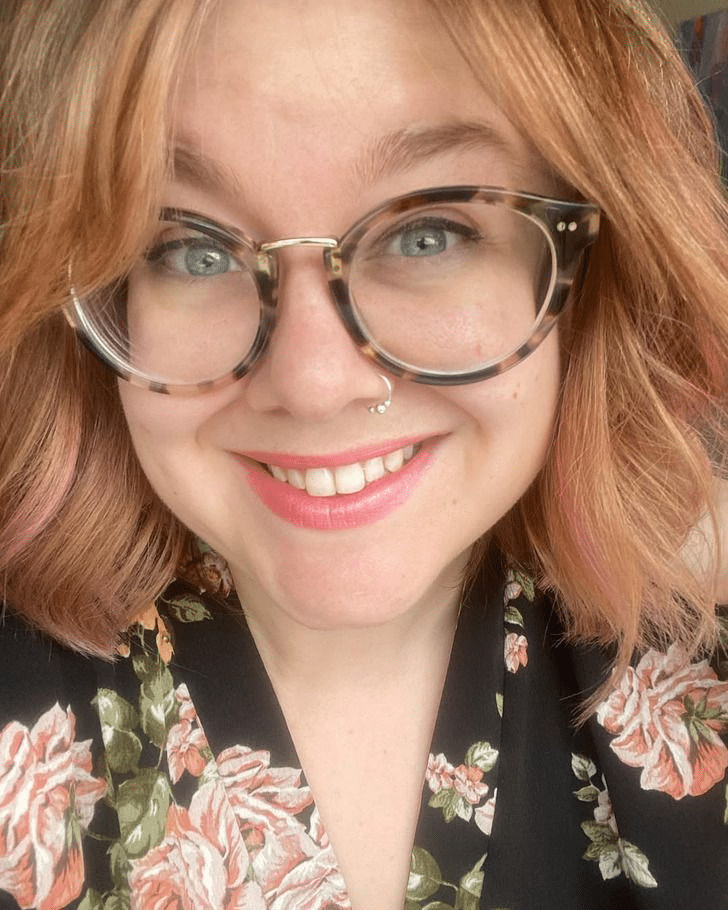
To further illustrate this concept, consider an individual who may feel a strong attraction to a particular gender during a specific phase of their life, only to find that their feelings evolve. For example, someone might identify as primarily heterosexual for years, then through experiences and personal growth, they might start identifying as bisexual or pansexual. Such transitions highlight the fluidity inherent in human attraction and the necessity of acknowledging abrosexuality as a legitimate identity within the broader LGBTQ+ landscape.
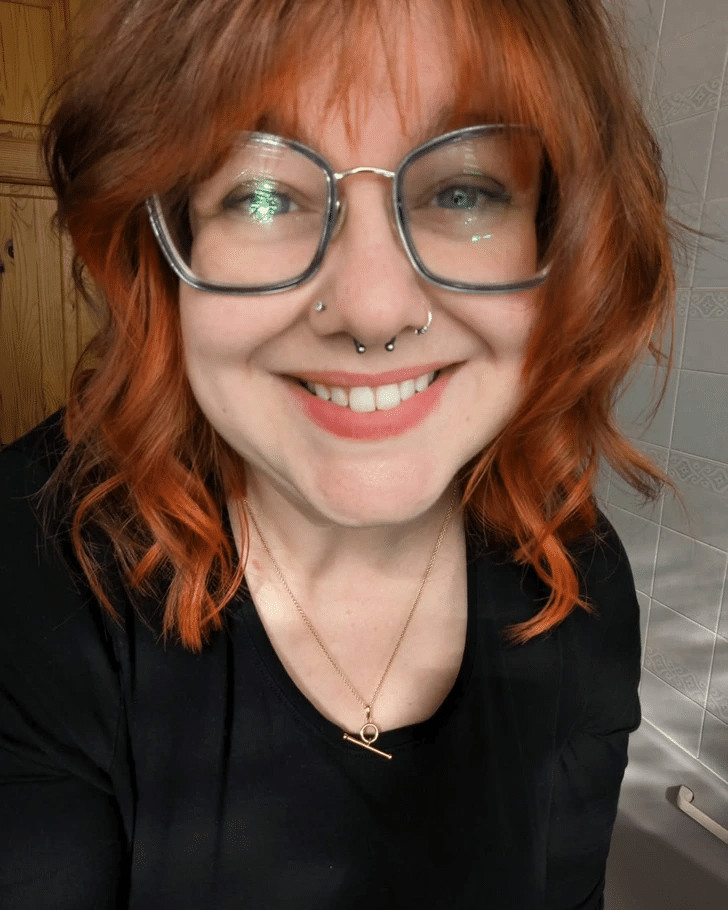
The Many Faces of Abrosexuality
One of the most intriguing aspects of abrosexuality is its variability. There is no single experience that defines it; instead, it manifests in diverse ways across individuals. Healthline outlines several scenarios to illustrate this diversity: daily shifts in attraction, gradual changes over time, and periods of little to no sexual interest. For example, someone might wake up feeling attracted to women only to find themselves drawn to men the very next day. Others may experience longer-term shifts, such as moving from heterosexuality to discovering attraction toward the same gender after years of identifying as straight.
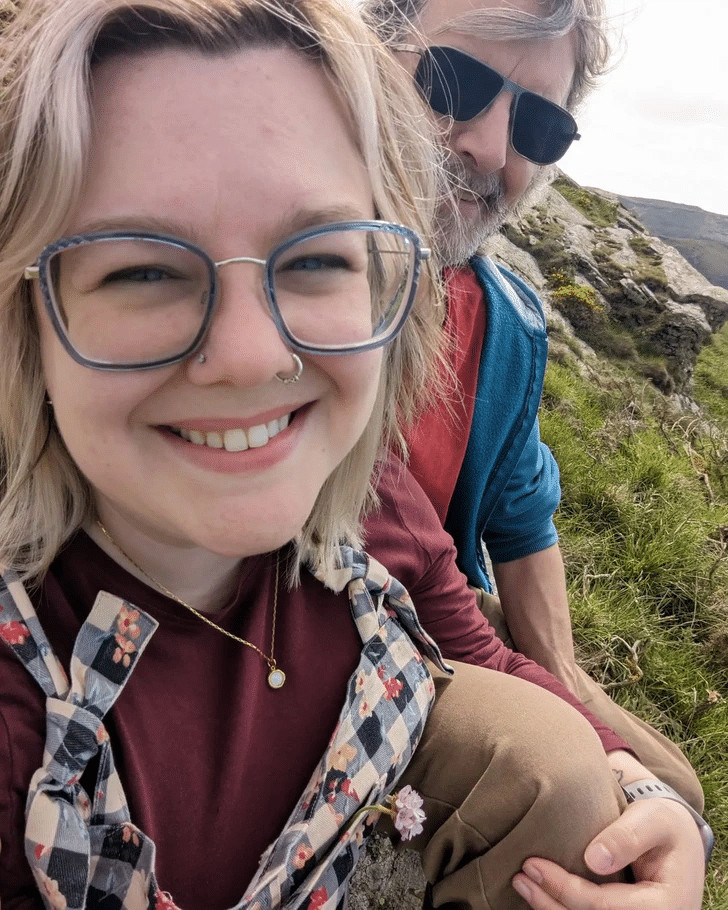
This variability means that abrosexuality can often be misunderstood or mischaracterized. For instance, individuals may be accused of being “indecisive” or “confused” about their attractions, which can further alienate those who genuinely experience these shifts. Flint emphasizes that it’s essential to recognize that these sentiments are valid; they are not a sign of weakness or uncertainty but rather an expression of the complex nature of human attraction. By sharing her story, she hopes to foster a deeper understanding of this dynamic identity.
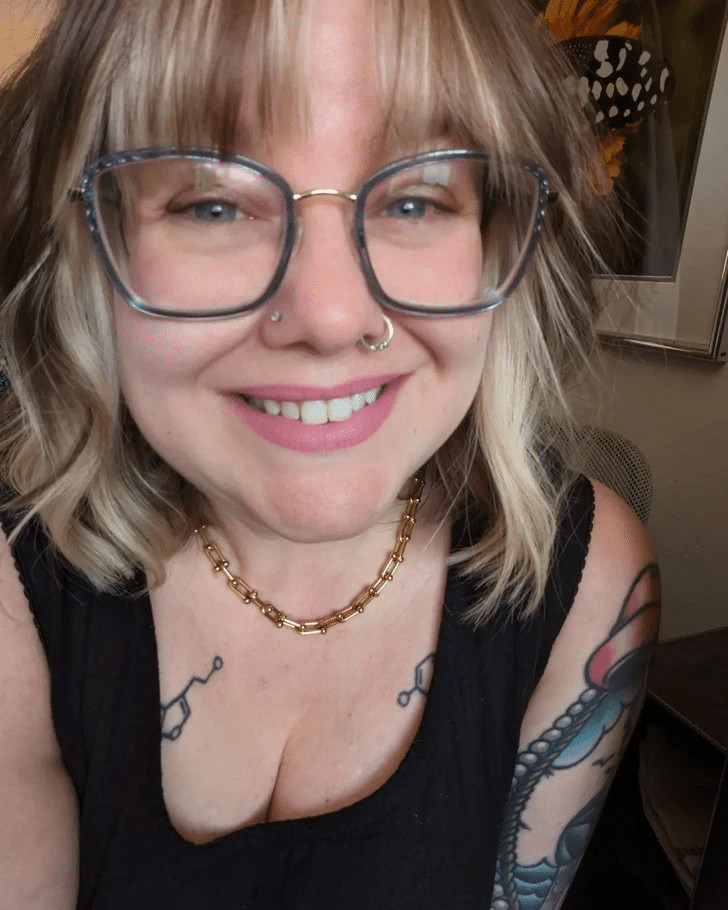
Challenging Stereotypes and Seeking Understanding
Flint’s experiences highlight not only the personal nature of abrosexuality but also the societal misconceptions surrounding it. Many individuals who identify as abrosexual face pushback from those who prefer more rigid categories of sexual orientation. “Some insist that I need to ‘pick a lane’,” Flint notes, illustrating the struggle for acceptance in a world that often demands clear definitions of identity. This pressure can lead to feelings of inadequacy or confusion, particularly when individuals have not yet found the right language to express their experiences. Moreover, the challenge is compounded by a lack of representation in media and public discourse. Many narratives surrounding sexuality tend to focus on binary identities, which can marginalize those who experience fluidity in their attractions. Flint’s advocacy for abrosexuality serves not only to validate her own experiences but also to pave the way for others who may feel similarly lost. She encourages an open dialogue about sexual fluidity, inviting society to expand its understanding of what it means to be attracted to others.
The Importance of Representation
Flint’s narrative serves as a powerful reminder of the necessity of representation within the LGBTQ+ community. By sharing her journey, she sheds light on the importance of language in helping individuals understand their identities. Many people spend years feeling “broken” or out of place, simply because they lack the terminology to articulate their experiences. “Growth and development are about all of us learning new things about ourselves all the time,” she reflects, advocating for the validation of identities that may not conform to conventional norms. In this context, representation plays a crucial role. When abrosexual individuals see their experiences reflected in media, literature, and personal narratives, it can provide a sense of validation and community. It demonstrates that they are not alone in their experiences and fosters a culture of acceptance. The more visible abrosexuality becomes, the more individuals who identify with this label may feel empowered to embrace their fluid attractions without fear of judgment.
Looking Ahead: Abrosexuality in Society
As society continues to evolve in its understanding of gender and sexuality, the recognition of abrosexuality is crucial. Flint hopes that in the future, abrosexuality will not be viewed as a fleeting trend but rather as a legitimate and deeply felt identity. Her story resonates with those on similar paths, affirming that their experiences are valid and worthy of recognition. For many, embracing a fluid sexual identity can be liberating, leading to greater self-acceptance and fulfillment. Educational institutions, workplaces, and communities have a role to play in this evolution. By fostering environments where individuals can share their identities without fear, society can cultivate a more inclusive atmosphere. This could include workshops on sexual fluidity, LGBTQ+ inclusivity training, and open forums for discussion. Such initiatives could help dismantle the stigma surrounding abrosexuality and promote understanding.
Join the Conversation
In conclusion, Emma Flint’s journey to discover her abrosexuality is both personal and universal, shedding light on the complex nature of attraction and identity. It encourages us to engage in conversations about sexual fluidity and to embrace the diversity of experiences within the LGBTQ+ umbrella. As more individuals share their stories, we can foster greater understanding and compassion, paving the way for a more inclusive society. What are your thoughts on the evolving nature of attraction and identity? We invite you to join the discussion and share your insights, as every voice contributes to the mosaic of human experience.

